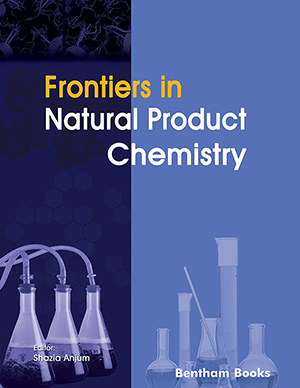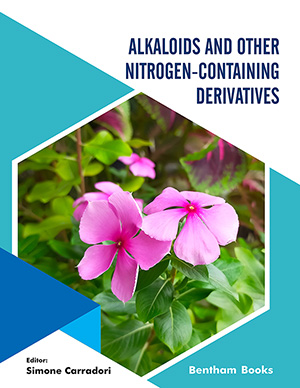
Abstract
In the last decade a number of products have appeared in various countries that contain synthetic cannabinoids. This article reviews the history of the sale of these drugs, and the evidence that they contain synthetic cannabinoids. The biochemistry of the synthetic cannabinoids identified thus far is discussed, including a discussion of chemical structures and biochemical targets. The cannabinoid receptor targets for these drugs are discussed, as well as other possible targets such as serotonin receptors. Evidence for the abuse potential of these drugs is reviewed. The toxicity of synthetic cannabinoids and cannabinoid products is reviewed and compared to that of the phytocannabinoid Δ9- tetrahydrocannabinol (THC). As cannabinoids are a structurally diverse class of drugs, it is concluded that synthetic cannabinoids should be classified by biological activity rather than by structure, and that if this isn’t done, novel synthetic cannabinoids will continue to emerge that fall outside of current regulatory classification models.
Keywords: Aminoalkylindole, bicyclic, cannabinoid, cannabinoid receptor, cannabis, CB1 receptor, CP47, 497, HU210, JWH018, K2, Spice, Toxicity, tricyclic
 76
76
















